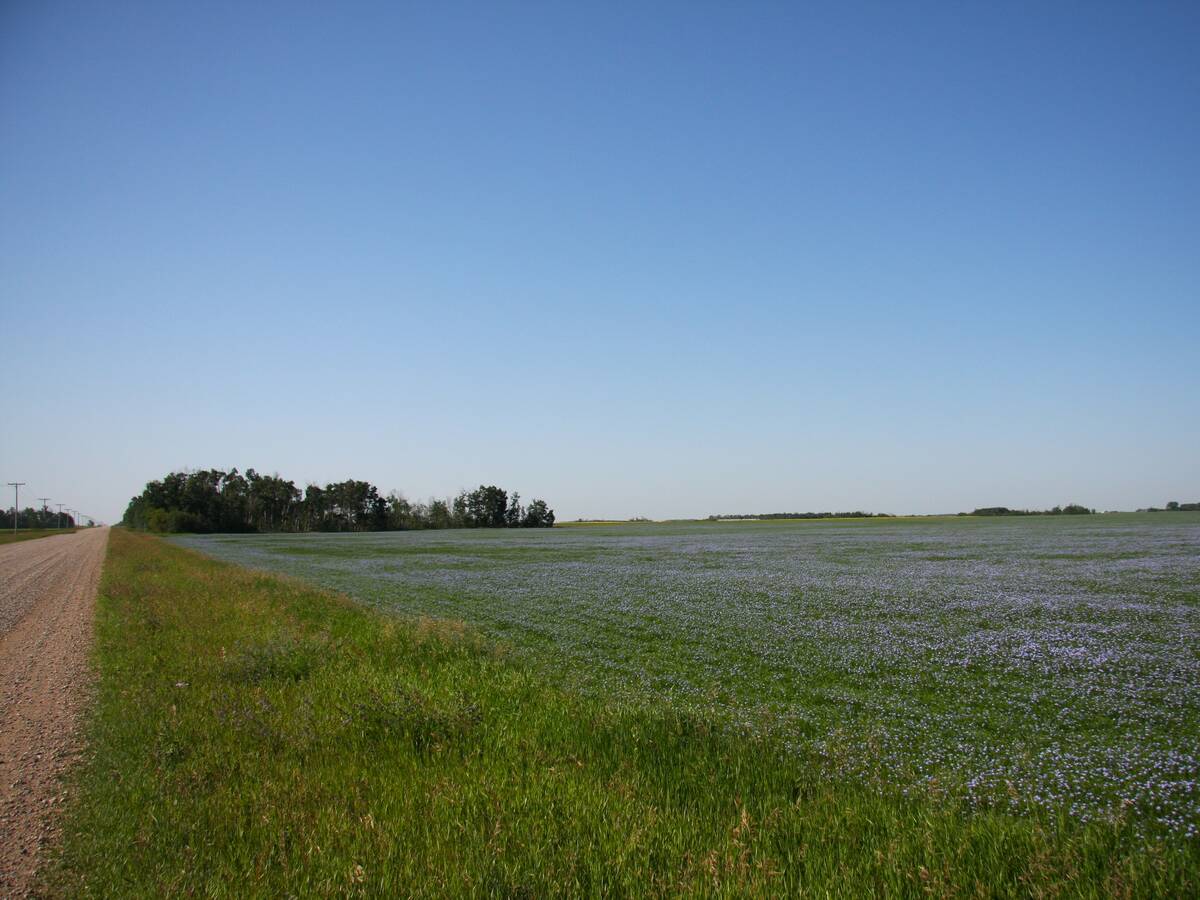Canada has met its goal of testing at least 8,000 high-risk cattle for BSE to maintain a minimal risk status with its trading partners.
As of Oct. 27, 8,968 animals had been tested for BSE and all tested negative.
Gary Little, a veterinarian with the Canadian Food Inspection Agency, said meeting the 30,000-head target next year will be the real challenge.
“In all fairness I don’t think it was really a surprise to meet the 8,000 on a national basis. What we want to do is try to maintain the focus on 30,000. That’s really the goal,” said Little.
Read Also

Farmland advisory committee created in Saskatchewan
The Saskatchewan government has created the Farm Land Ownership Advisory Committee to address farmer concerns and gain feedback about the issues.
Following the confirmation of BSE in a northern Alberta cow last year, the federal government announced it would test 30,000 animals each year to prove Canada has only a minimal risk of BSE.
Canada lost its BSE-free status from the OIE, the international veterinary rule-making body, when BSE was discovered. The OIE doesn’t confer risk status on countries, but it does provide guidelines that countries should use in their discussions with other trading partners to establish their risk category.
“We feel Canada represents a minimal risk country, but the OIE doesn’t come around and sanction that. We go out and talk with our trading partners and make the case,” said Little.
With the amount of BSE testing and changes made to the Canadian meat and beef industry in the past year, Canada believes it falls into the minimum risk category.
Little said there is still some fine tuning needed to meet regional BSE target levels, but he is confident the testing requirements will be met by the end of the year.
Alberta’s goal was to test 2,780 animals. As of Oct. 23 about 2,200 animals had been tested.
This fall the federal and provincial governments implemented a program to reimburse farmers, abattoirs and veterinarians to offset the cost of bringing in high-risk animals to be tested. Little said he doesn’t know if the reimbursement programs alone were responsible for the increased number of animals submitted for testing.
“There’s no doubt the reimbursement component is important, but I would like to think the other factors are also contributing and not only hinged on the reimbursement,” said Little, referring to a combination of events including cattle coming home from summer pasture and education programs.














